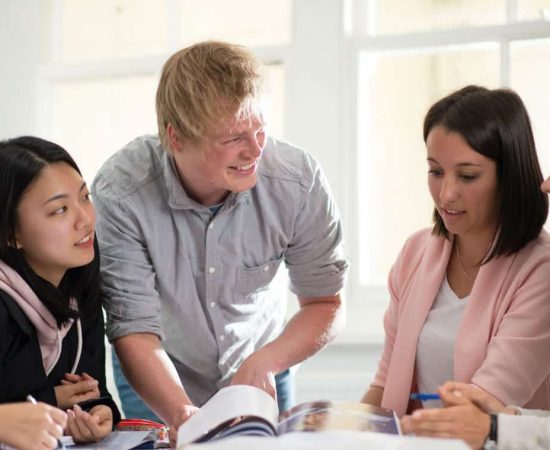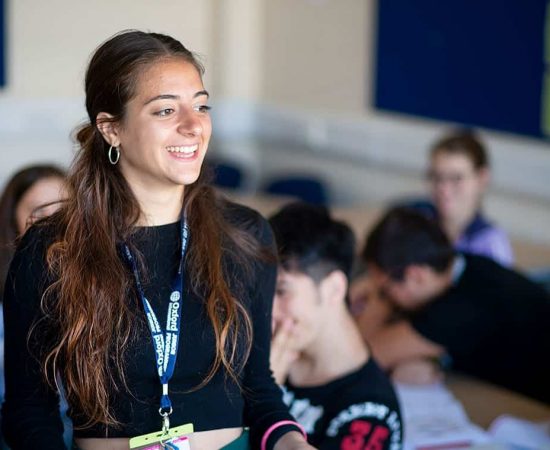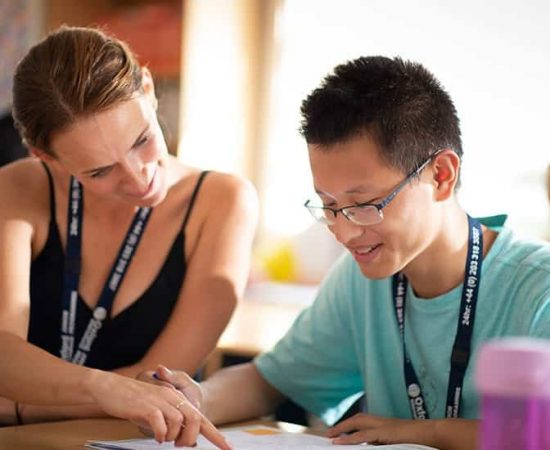In Part 1 we looked reasons for and the timing of feedback and error correction in lessons. Part 2 offered a simplified way of looking at errors in order to decide what to correct. In the final part, we are going to look at some useful steps for going about error correction.
- Start out by giving a chance for self-correction and, if possible, use peer correction rather than direct teacher correction (when comparing written exercises have students compare their answers in pairs first). Developing a feeling for the type of error that students are making can be very helpful.
- Concentrate on the most important learning points, i.e. if the aim of the lesson is to teach the use of since and for with the Present Perfect, don’t let any errors in the use of since and for with the Present Perfect slip.
- In spoken practice, work on the correctness of stress and intonation using visual support.
- Correction means helping learners become more accurate, not necessarily insisting on a ‘correct’ standard of English.
- Involving learners in making judgements about correctness helps them become more accurate in their own use of the language
- However the correction is done, ask the student who first made the mistake to repeat the correct utterance. The last thing said is more likely the one to be remembered.

Giving feedback and correcting errors - Part 1
Read more
Giving feedback and correcting errors - Part 2
Read more






